As Macro Photography is one of the specializations among photographers, most beginners have this thinking that in order to do macro you need to have specialist equipments like a DSLR and a dedicated Macro Lens. But that is not the case; you could actually take amazing macro shots even with your point and shoot digital cameras. Some of the latest point and shoots even feature a mode called super macro in addition to the regular macro mode to achieve even greater magnifications.
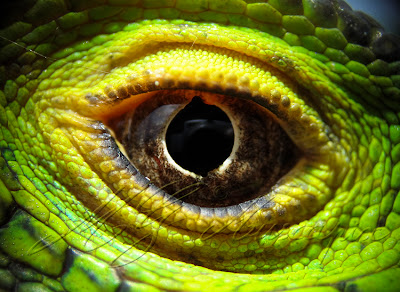 |
| Photo By mg-muscapix |
But before we start let me clarify that what we are dealing in this article is actually close up photography as macro photography in its true sense refers to magnifications above 1:1 which is not achieved in case of most point and shoot digital cameras.
To cheer you up from the disclosure in the above paragraph – a person with a point and shoot camera which has a macro mode is better poised to get great macro shots than a person with a DSLR and Kit lens combo. Remember most people who own their first DSLR cameras never go beyond what the companies give away as kit lens associated with each brand. And kit lens are mostly general purpose lens which could do everything right but nothing perfect. So people with point and shoot cameras could outsmart the bulk of the DSLR crowd, unless the crowd consists mainly of serious photographers who own dedicated macro lens and other accessories.
For those of you who wish to do serious macro work with your point and shoot digital cameras, there are a number of accessories available from different manufacturers which you could mount on your lens enabling greater magnification, shorter minimum focal length etc.
To cheer you up from the disclosure in the above paragraph – a person with a point and shoot camera which has a macro mode is better poised to get great macro shots than a person with a DSLR and Kit lens combo. Remember most people who own their first DSLR cameras never go beyond what the companies give away as kit lens associated with each brand. And kit lens are mostly general purpose lens which could do everything right but nothing perfect. So people with point and shoot cameras could outsmart the bulk of the DSLR crowd, unless the crowd consists mainly of serious photographers who own dedicated macro lens and other accessories.
Macro Lens Attachments for Point and Shoot Digital Cameras
For those of you who wish to do serious macro work with your point and shoot digital cameras, there are a number of accessories available from different manufacturers which you could mount on your lens enabling greater magnification, shorter minimum focal length etc.
 |
| Photo By bhiima |
Macro Photography Tips for Point and Shoot Cameras - Camera Settings
- Select manual ISO settings and select ISO 100.
- Choose the highest picture quality setting.
- Choose the right White Balance.
Shift your camera to Macro Mode
Most point and shoot cameras have a dedicated macro mode indicated with the symbol of a little flower. It is in macro mode that the camera could focus at its least focusing distance. However the closest focusing distance, the amount of magnification and also the other settings that you could manually configure while in macro mode varies with each camera. Some allow you to choose aperture, shutter speed, flash exposure compensation etc while using macro mode and some does not. Refer your camera manual to find out what are the options available with your particular camera.
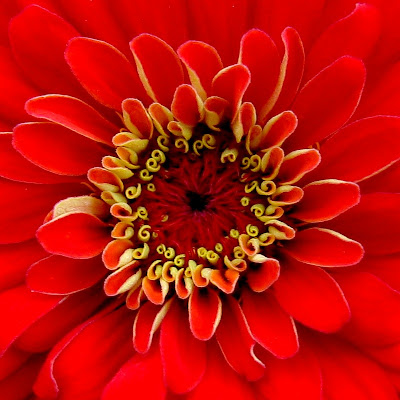 |
| Photo By markop |
Stabilize your Camera
This is the most important step to getting great macro shots, use a tripod, a gorilla pod or a small video tripod specially made for point and shoot cameras. If you cannot find any of these a good alternative is to use a table chair, a wall, the branch of a tree or anything on which you could place your camera. Point and shoot cameras with their shutter delay are much of a hassle to keep steady during the shoot. And in macro photography even the slightest movement is magnified many folds so always make it a point to use a tripod while shooting macro. There is no reason not to unless you are chasing some insects in the field. Using a tripod allows the luxury of slow shutter speeds and also helps to improve your composition skills.
Use the Timer on Your Camera
Yes the timer is not just for taking self portraits. Most of the camera shake is induced when you actually press the shutter (even if it is mounted on a tripod). So set up your camera on a tripod and set the timer to its shortest duration to eliminate shake completely.
Composing Your Shot
In macro photography, many times it so happens that how you present the image is more important than the actual subject matter. So compose your frame carefully, identify the most important elements in your frame (the eyes in case of live subjects) and place them in the most important points along the frame. You may refer to the article on Rule of Thirds for composition tips.
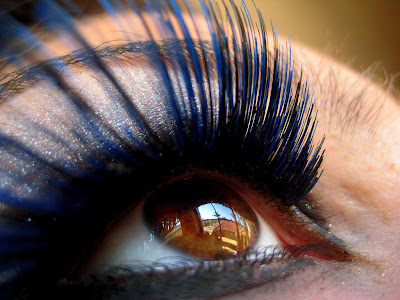 |
| Photo By ashleyrosex |
Selecting Your Background
The right background is one thing that could make or break a picture, choosing a wrong background could completely ruin an otherwise great image. Remember background is as important as the main subject. Try to avoid cluttered background, instead choose simple backgrounds, try to achieve some distance from the subject to the background so that it renders out of focus producing a clean gradient effect making your main subject stand out. It is also wise to choose background colours which match the subject that you are shooting. Even when you are in the filed, you actually have a lot of options when backgrounds are considered, as you are photographing tiny objects you could actually make use of anything available near to be a background in some cases even a leaf would make a nice green background. Else consider shifting the angle, your position etc to get different background effects.
 |
| Photo By crashfire |
Focusing
Focusing is another area that point and shoot camera users find difficult to do when doing macro photography. If your camera allows manual focusing I will always recommend to focus manually if not focus carefully on the most important part of your subject. If your camera allows you to zoom in on your subject while in live view, do zoom in and double check focus before pressing taking the shot.
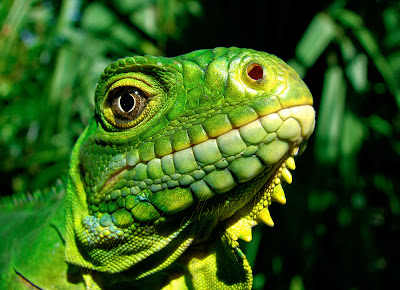 | |
|
Setting Your Exposure
Some point and shoot cameras allows you to manually control the exposure even in macro mode while some others does not. If you have a camera that allows manual control of aperture and shutter speed settings then you are better positioned to handle macro photography as it gives you much more control over the various variables.
 |
| Photo By mg-muscapix |
In macro photography the most important considerations while selecting the exposure will be depth of field (how much of the subject will be in focus / throwing the background out of focus) and shutter speed (to freeze movement and eliminate camera shake). It is always best to first think what effect do you want in the picture and then set the desired aperture value, check the shutter speed the camera comes up with, if it is high enough go ahead and shoot else try increasing the ISO to get shutter speed higher up to workable range.
Using Flash in Macro Mode
By all means experiment by using flash, try flash exposure compensations, always make a mental note on situations in which using flash yielded better results, the distance from subject, exposure compensation used etc. eventually you will get better at deciding if flash is needed for a specific situation or not. Also experiment by diffusing your flash; reflecting light from flash by employing some reflectors; using other flash units set to slave mode triggered by your on camera flash etc. who said point and shoot users should not employ slave flash guns if you have access to one use it.
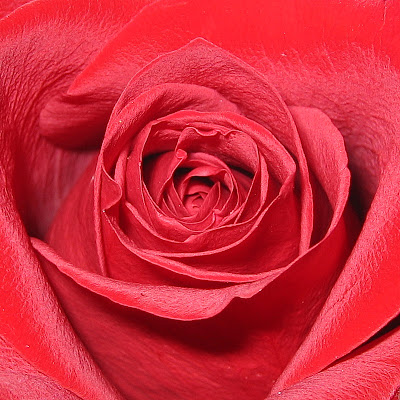 |
| Photo By tonivc |
Some interesting subjects for macro photography like dragonflies have iridescent material on their wings so using flash could vastly improve your chances of catching them in their entire splendour.
If your camera allows bracketing shots (A.E.B) use it and take shots with different exposure compositions, you may later review each one in your computer’s larger scene this practice will eventually make you an expert in determining the best exposure settings for any given situation.
In the next article we will discuss about Photography - Macro Photography - Macro Photography Gear - Equipments and Accessories to Shoot Macro
If your camera allows bracketing shots (A.E.B) use it and take shots with different exposure compositions, you may later review each one in your computer’s larger scene this practice will eventually make you an expert in determining the best exposure settings for any given situation.
In the next article we will discuss about Photography - Macro Photography - Macro Photography Gear - Equipments and Accessories to Shoot Macro